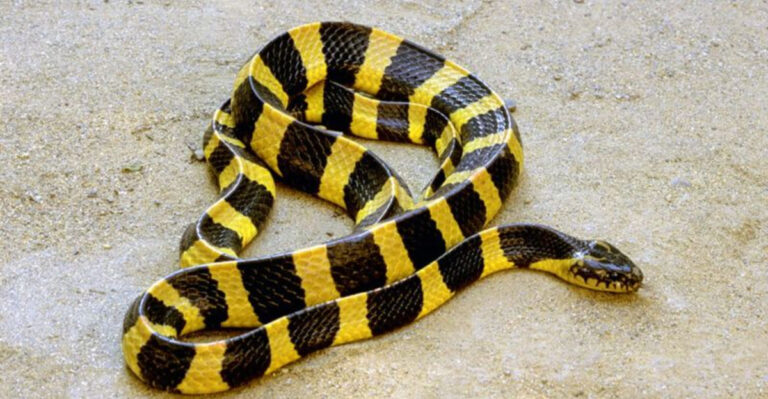Monarch Butterfly Eggs: What They Look Like & More
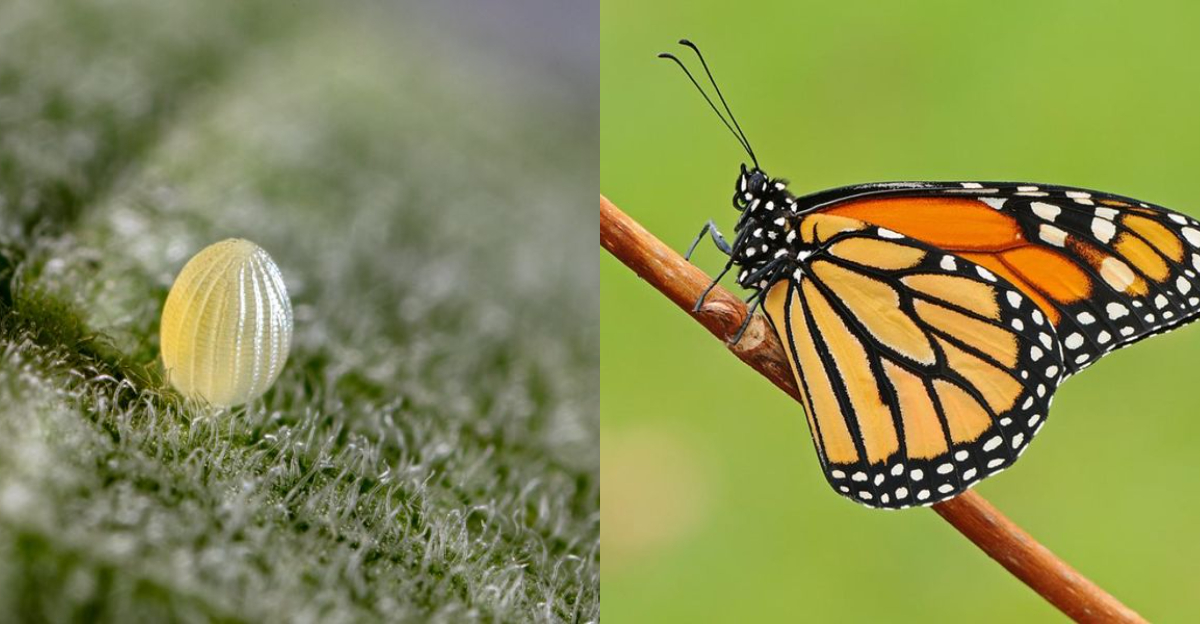
Ever spotted tiny treasures on milkweed leaves? Those might be monarch butterfly eggs! These minuscule marvels mark the beginning of an incredible transformation journey.
As monarch populations face challenges across North America, understanding their life cycle from the very start helps us appreciate and protect these orange-winged wonders.
1. Solo Placement Strategy

Female monarchs deliberately lay eggs one at a time, typically on the underside of milkweed leaves. This strategic placement isn’t random – it’s maternal genius at work!
By distributing eggs individually, she ensures each caterpillar gets enough food without competing with siblings. A single female can deposit up to 500 eggs during her short lifetime.
2. Tiny Cream-Colored Jewels
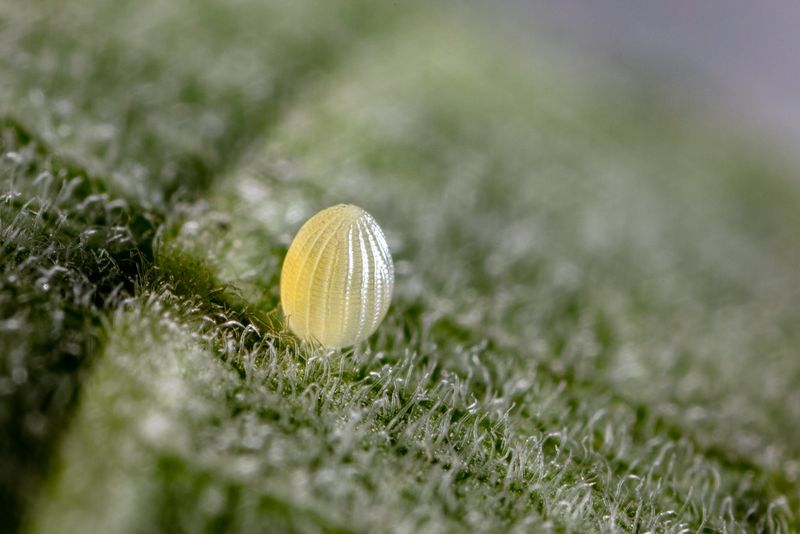
Smaller than a pinhead, monarch eggs look like miniature cream-colored footballs with ribbed surfaces. They glisten in sunlight, appearing almost pearlescent against milkweed’s green backdrop.
A single egg measures just 1.2 millimeters tall – you could line up 21 of them across a penny! Their distinctive cone shape helps naturalists identify them from other butterfly eggs.
3. Lightning-Fast Development
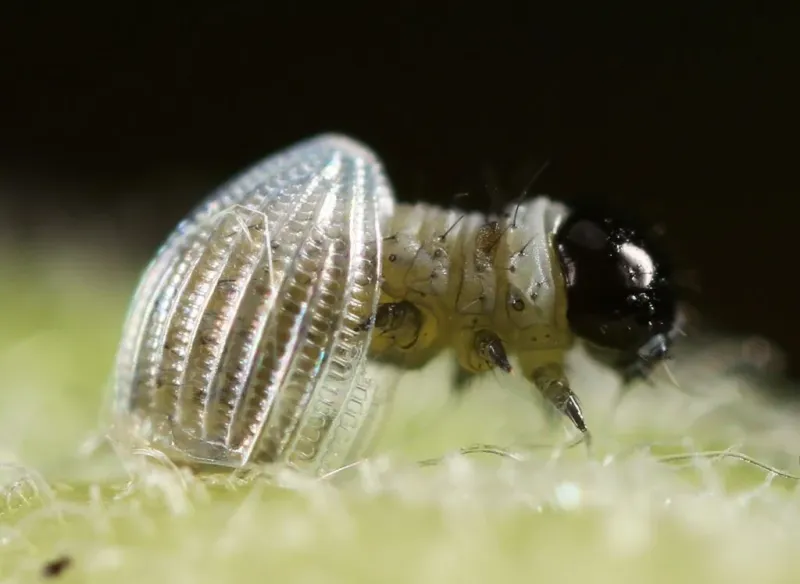
Blink and you’ll miss it! Monarch eggs hatch in just 3-5 days when conditions are right. Inside that tiny shell, cells multiply frantically as the embryo develops.
You can actually see the egg darken right before hatching as the developing caterpillar’s body becomes visible through the translucent shell. Nature’s countdown timer works with remarkable precision.
4. First Meal: Their Own Shell
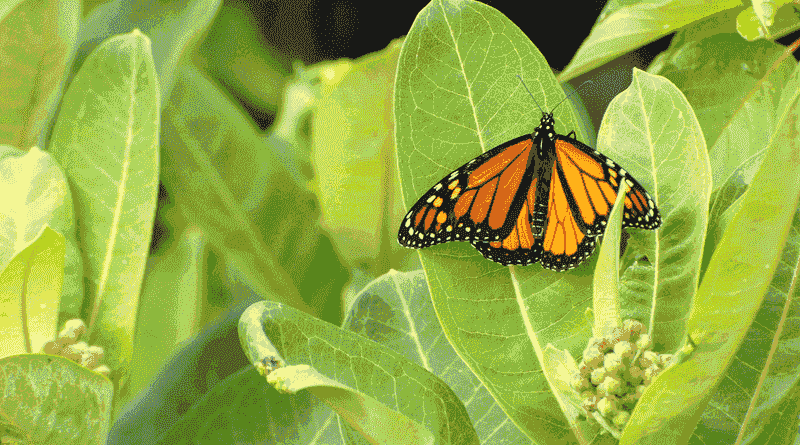
Talk about waste reduction! Newly hatched monarch caterpillars eat their eggshell as their very first meal. This recycling behavior provides crucial nutrients for their early development.
After this protein-packed starter, they begin munching on the milkweed leaf they were born on. This shell-eating habit is common among many butterfly species – nature’s way of leaving no trace.
5. Chemical Detection Powers
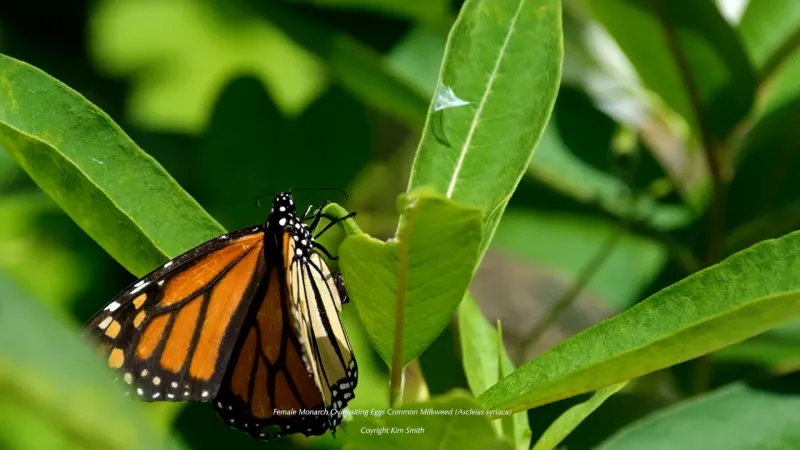
Female monarchs have supersensory powers in their feet! They literally taste plants by walking on them, using specialized chemoreceptors to identify proper milkweed varieties.
Only when these chemical signals confirm suitable host plants will they deposit eggs. This remarkable ability ensures babies hatch on edible plants, not look-alikes that might poison developing caterpillars.
6. Built-In Pest Protection
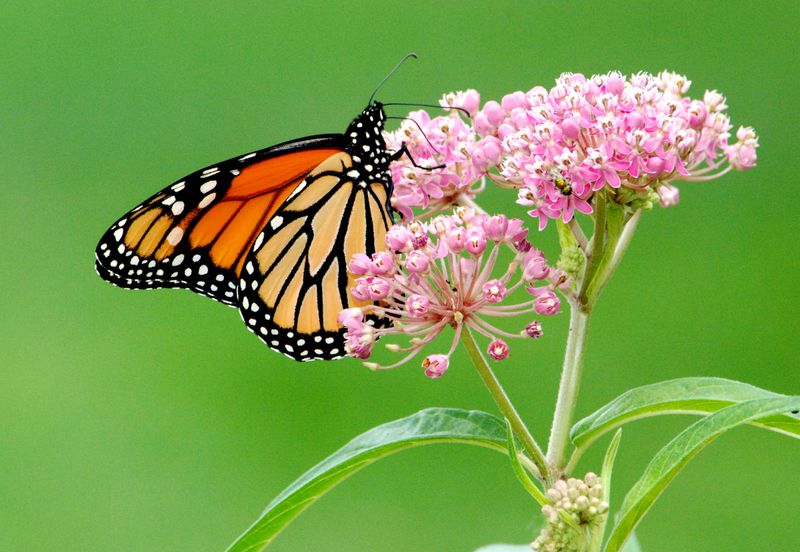
Nature equipped monarch eggs with built-in bug spray! The egg surface contains chemicals that discourage certain predatory insects from attacking.
These compounds create an invisible shield that helps some eggs survive despite hungry predators lurking everywhere. Unfortunately, this defense isn’t foolproof – ants, spiders, and wasps still manage to feast on many eggs.
7. Weather Vulnerability
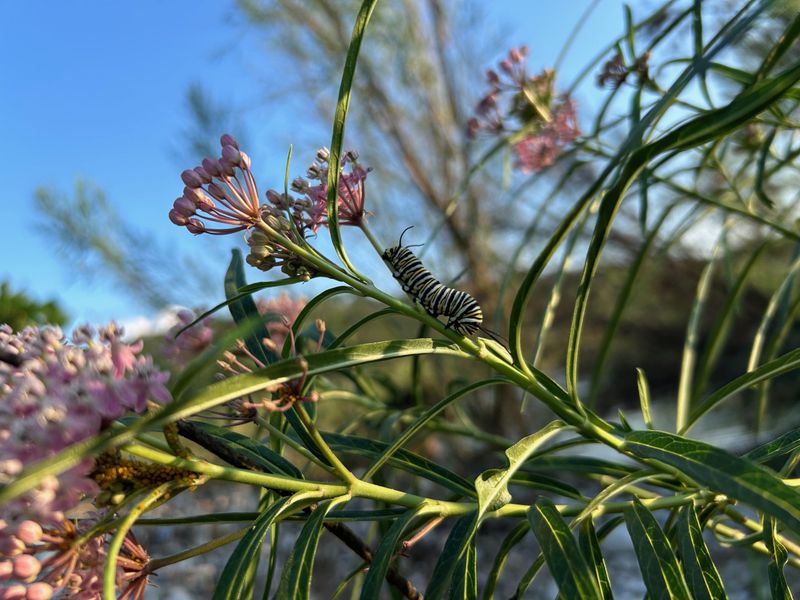
Heavy rain can spell disaster for these delicate beginnings. A single thunderstorm might wash away countless monarch eggs from milkweed plants, dramatically affecting local butterfly populations.
Temperature matters too! Eggs develop faster in warm weather (3 days) and slower in cool conditions (up to 5 days). Extreme heat above 95°F can kill developing embryos inside their shells.
8. Glue-Like Attachment
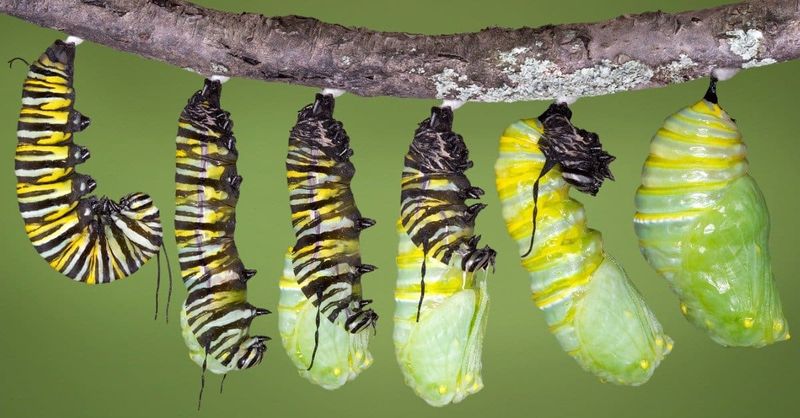
Butterfly superglue exists! When laying eggs, female monarchs secrete a special adhesive substance that firmly attaches each egg to the leaf surface.
This natural cement is so effective that eggs typically remain stuck even through wind and light rain. Scientists studying this biological adhesive have found it contains proteins similar to those in commercial glues.
9. Embryo Breathing System
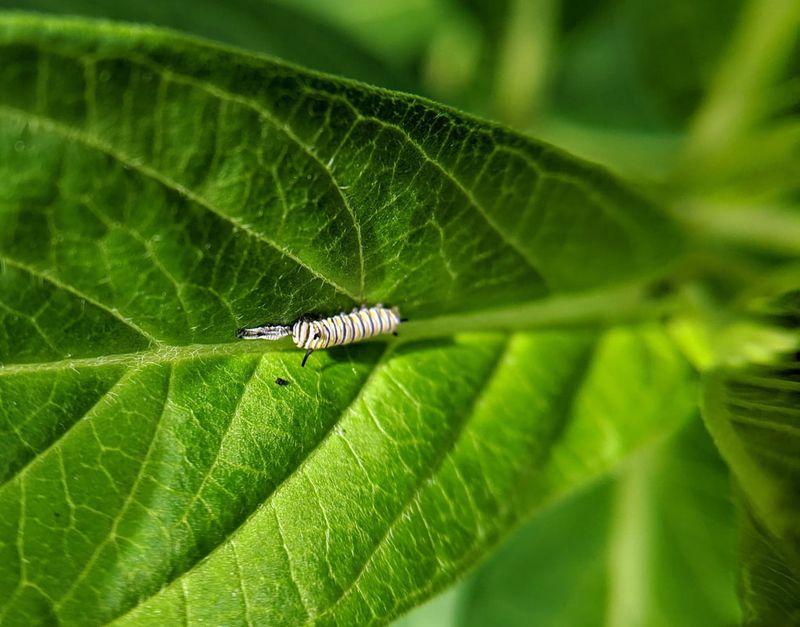
How does a developing butterfly breathe inside an egg? Through microscopic holes! Monarch eggs have tiny pores called micropyles that allow oxygen to enter and carbon dioxide to escape.
These breathing channels are so small they’re invisible without powerful microscopes. The ribbed surface of the egg actually helps maximize airflow around these vital respiratory openings.
10. Color-Changing Timeline
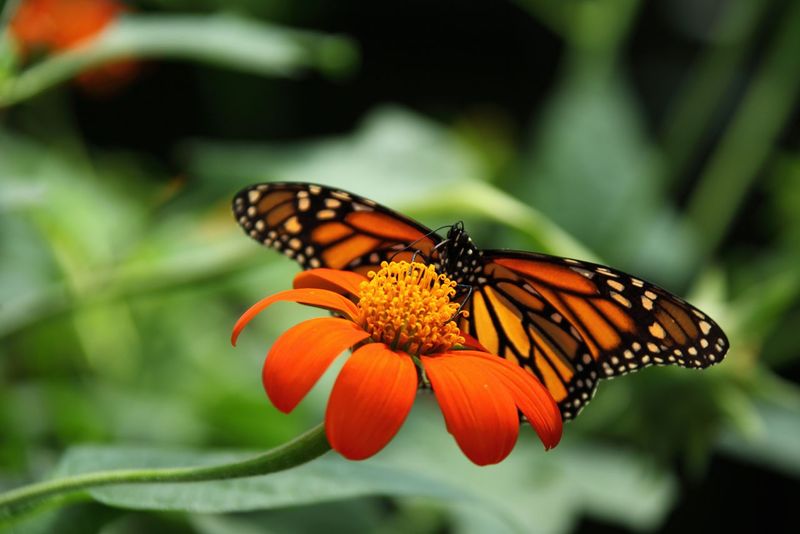
Fresh monarch eggs start creamy white but don’t stay that way! Within 24 hours, they develop a yellowish tint as the embryo grows inside.
By day three, the egg turns grayish, then darkens to nearly black just before hatching. This color transformation provides a helpful visual countdown for butterfly enthusiasts monitoring egg development in gardens.
11. Milkweed-Only Policy
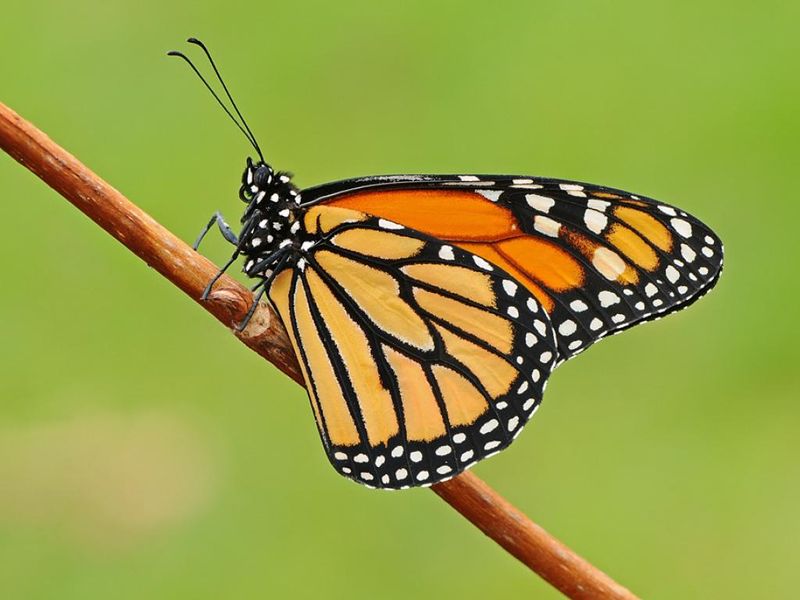
Monarchs practice extreme pickiness! Unlike other butterflies that use multiple plant families, monarchs lay eggs exclusively on milkweed plants (Asclepias species).
This specialized relationship evolved because caterpillars can process milkweed’s toxic compounds, storing them to become unpalatable to predators. Without milkweed, monarchs cannot reproduce – making this plant essential for their survival.
12. Surprising Survival Rates
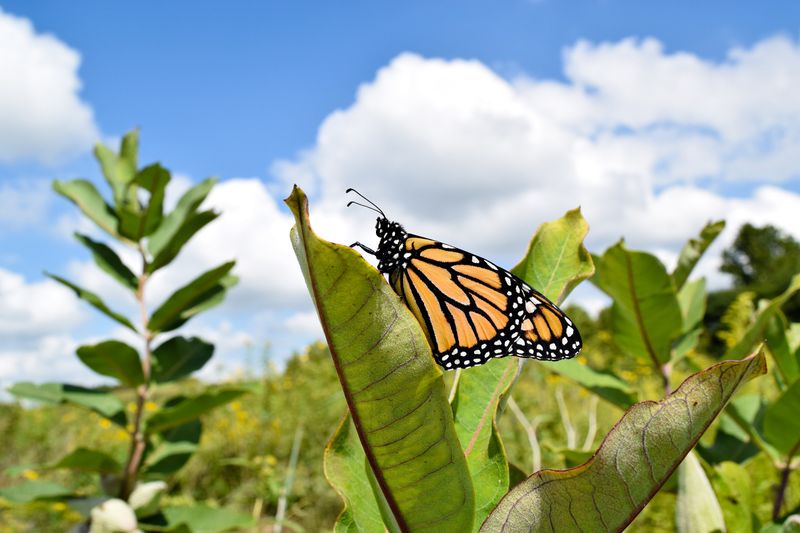
Nature plays tough odds! Only about 10% of monarch eggs survive to become butterflies in the wild. Predators, weather, disease, and human activities create a gauntlet of challenges.
This low survival rate explains why females lay hundreds of eggs – it’s a numbers game. Conservation efforts that protect eggs and caterpillars can significantly boost local monarch populations.
13. Citizen Science Egg Hunters
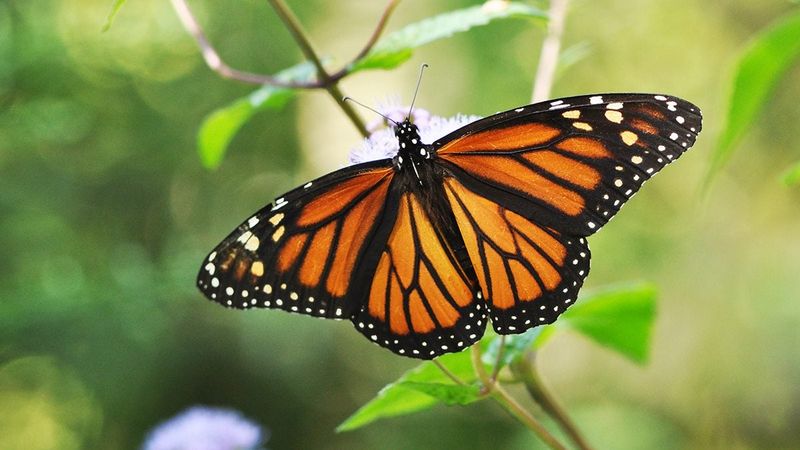
Regular people become butterfly detectives every summer! Thousands of citizen scientists across North America search milkweed patches to count and monitor monarch eggs for conservation research.
Programs like the Monarch Larva Monitoring Project train volunteers to identify eggs and track population trends. This crowdsourced data helps scientists understand migration patterns and population health across the continent.




